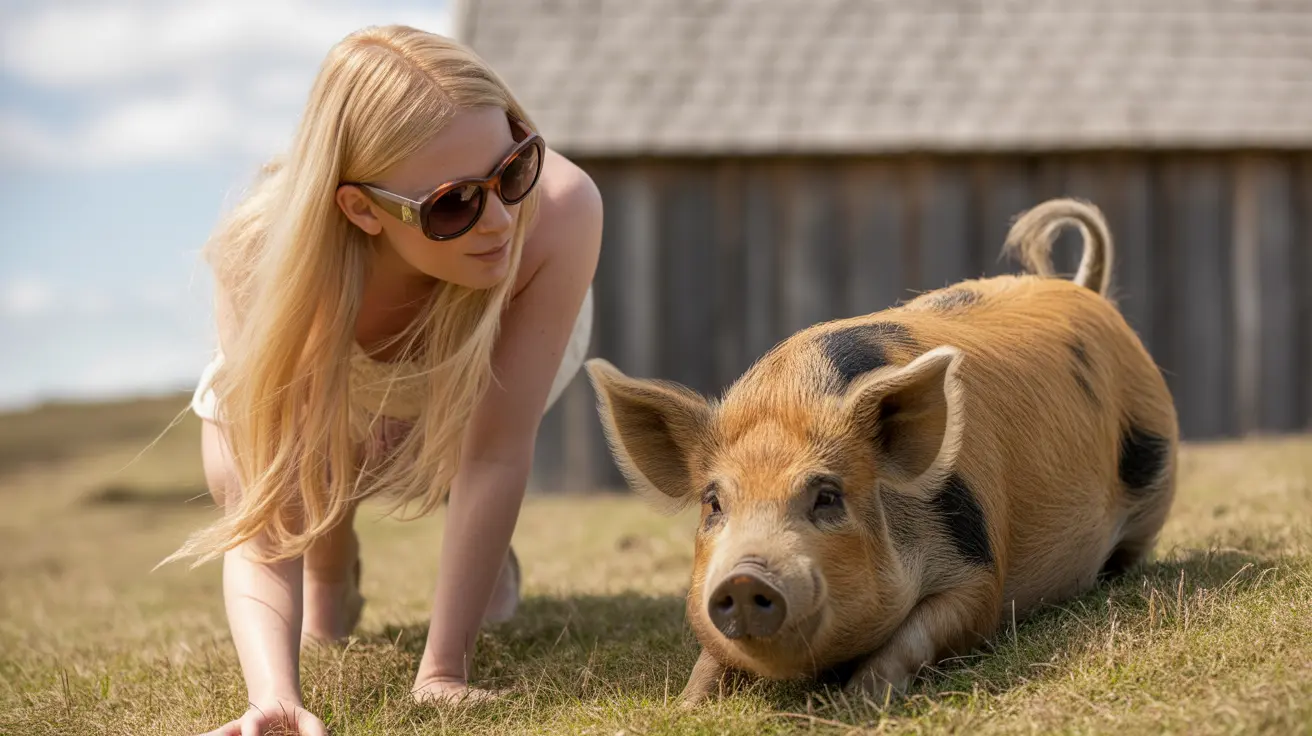Why Do Cats Scratch Around Food Bowls?
Cats have a knack for doing things that puzzle us, and one of those quirks is scratching or pawing at the floor near their food bowls. If you've ever watched your cat knead, scratch, or even try to bury their meal, you're witnessing an ancient instinct in action.
The Roots of Scratching: Instincts from the Wild
This behavior isn't something cats learn from watching others—it's hardwired into their DNA. Wild cats, such as leopards and bobcats, often bury leftover food or waste. Why? To mask the scent and avoid attracting predators or competitors. By covering up remains, they make themselves less visible (or rather, less smelly) to those who might pose a threat or want to steal a meal.
- Food caching: Wild cats store or cover food with debris to keep it hidden and safe.
- Hygiene: Burying waste keeps sleeping and eating areas clean.
- Protection: Hiding scents protects vulnerable kittens from other animals.
Your house cat may never need to fend off a rival bobcat, but these deep-seated instincts still guide their actions. When you see your feline scratching around the bowl, they're echoing the survival strategies of their ancestors.
What Does Scratching Look Like?
Cats may paw at the ground before or after eating. Sometimes they'll even drag napkins or toys over the bowl as if trying to cover it up. You might notice:
- Pawing or scratching at hard floors or carpets
- Kneading with alternating paws (especially on soft surfaces)
- Dragging nearby objects over the bowl
This isn't just about hiding food they like—some cats will try to bury meals they dislike too, much like they bury feces in litter. It's all about keeping things tidy and safe.
Kneading: More Than Just Scratching
Kneading is another related behavior where cats rhythmically press their paws on soft surfaces. This starts in kittenhood when nursing from their mother and often signals contentment or anticipation (like when they're excited for dinner). It's a social gesture that sticks with them into adulthood.
Territory Marking: Scent Signals
Cats also have scent glands in their paw pads. When they scratch near the food bowl, they're leaving behind pheromones—a way of saying "this is mine" to any other feline visitors. It's subtle but important communication in multi-cat households.
Managing Disruptive Scratching
While normal, some cats take this behavior a bit far—scratching carpets raw or dragging messes everywhere. If it's becoming a problem, try these strategies:
- Place food bowls on hard surfaces away from rugs and furniture that can be damaged.
- Supervise mealtimes; remove uneaten wet food promptly so there's nothing left to "bury."
- If your cat starts pawing excessively, distract them with a favorite toy.
- Avoid letting your cat graze on dry food all day; scheduled feedings can reduce unnecessary scratching.
Punishing your cat won't help—in fact, it can make things worse by increasing stress and damaging your bond. Instead, work with their instincts by creating an environment where scratching does no harm.
When Should You Worry?
If your cat suddenly starts scratching more than usual—or if you notice other symptoms like vomiting, weight loss, or changes in appetite—it could signal an underlying medical issue such as allergies or digestive problems. In these cases, consult your veterinarian for advice.
The Takeaway: A Normal Feline Quirk
Scratching around the food bowl is a normal part of being a cat. It's rooted in survival instincts that kept their wild ancestors safe and healthy. By understanding this behavior—and managing it thoughtfully—you'll help your cat feel secure while protecting your home from unnecessary wear and tear.





